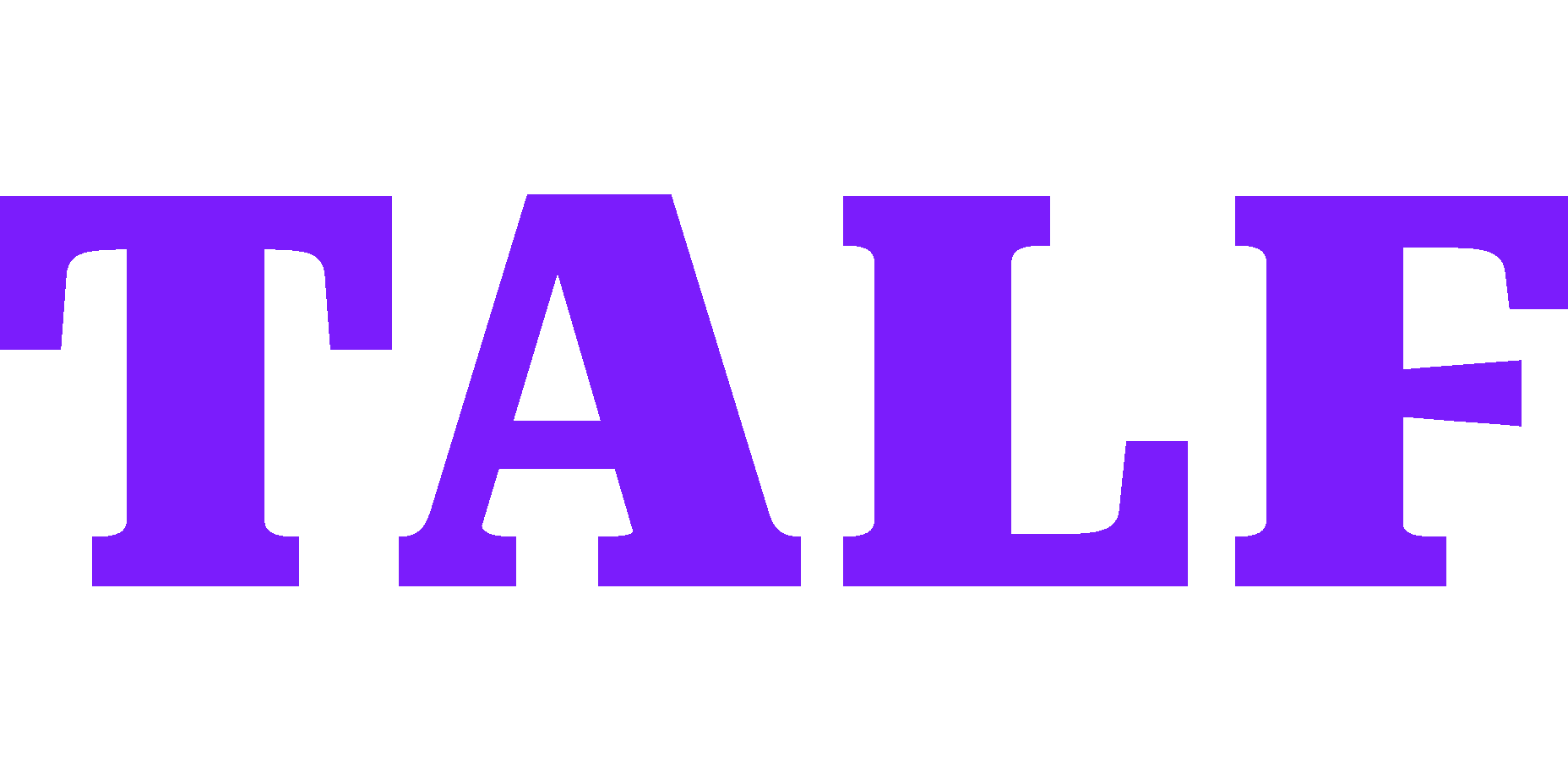If you’re developing software, you should strongly consider registering one or more trademarks for your creation. Whether it’s a mobile app, web app, SaaS platform, video game, or desktop software, protecting your brand is essential to your business’s success.
Before registering any trademark, you (or your attorney) will need to conduct what’s known as a trademark clearance search. Each trademark registration with the US Patent and Trademark Office (USPTO) falls into one or more classes. When it comes to software, there are three classes that will be most relevant to your trademark clearance search and your eventual trademark application: Class 9, Class 41, and Class 42.
What Are Classes 9, 41 And 42?
The World Intellectual Property Organization (WIPO) divides goods and services into 45 different classes for trademark registration purposes, and the USPTO follows these classifications. Classes 9, 41 and 42 are the classes most relevant to software.
Class 9 includes a wide range of products, including computer software, mobile applications, and electronic publications. Class 9 falls into the group of classes relating to goods (as opposed to services) and therefore is useful for software that is downloaded onto consumers’ devices from an app store, website, or other software distribution platform. It should also be used for software that is distributed via physical media such as DVDs or Blu-Ray discs.
Class 41 applies to services rather than goods, including online video games, entertainment services, and educational services. This is the main class used for online (that is, non-downloadable) video games. It’s also used for a variety of other non-downloadable software that would fall under the umbrella classification of “entertainment and educational services.”
Class 42 is another class that applies to non-downloadable software and covers a broad spectrum of other SaaS and website-based services.
Are There Other Classes To Watch For?
Classes 9, 41, and 42 are not the only classes that can apply to software. You will also want to consider including any classes relevant to the specific industry or subject matter of your software. For example, if you are launching a dating app you may want to include class 45 (personal and legal) on your trademark application. There are also other, non-industry-specific classes that are often found on software trademark applications and could be relevant to you depending on your business’s needs: class 25 (clothes), class 35 (advertising and business), and class 38 (telecommunication) are just a few.
How Do You Know Which Class To Apply For?
The process of applying for a trademark is more art than science, which is why you should seek the services of a trained trademark attorney. Misclassifying your software could cost you a lot of time and money and could lead to frustrating back-and-forth communication with the USPTO or, even worse, a refusal to register your trademark.
In addition, because trademark registrations have the potential to never expire, selecting the wrong class could open you up to future challenges from other companies who want to cancel your trademark registration to help them get their own trademarks registered.
